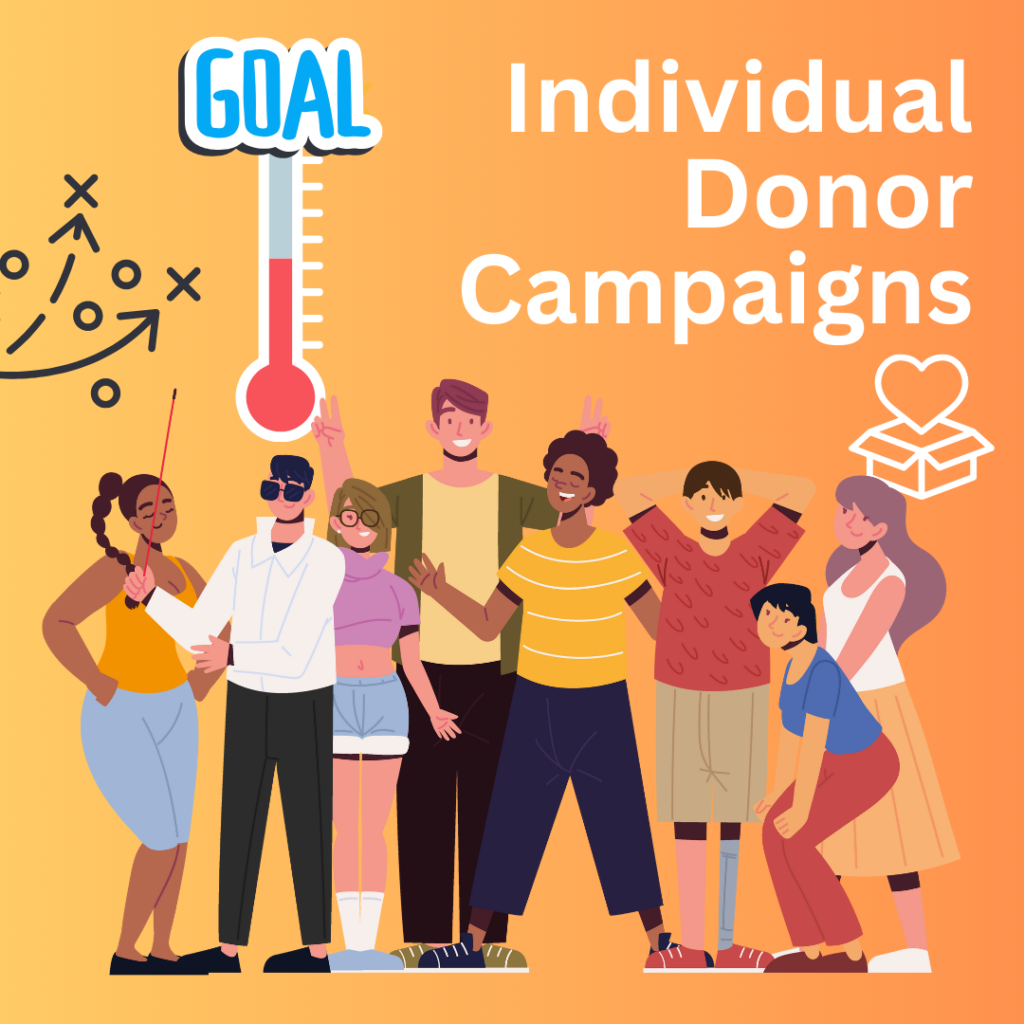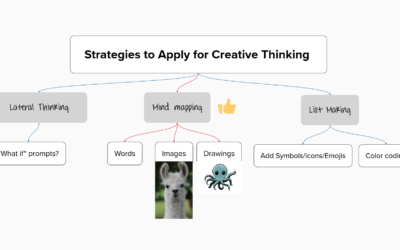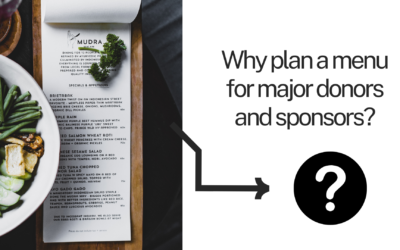
Individual donor campaigns are vital for nonprofit organizations looking to sustain their mission and broaden their impact! Engaging individual donors requires a strategic approach, careful planning, and ongoing relationship building.
1. Define Your Goals
Before diving into campaign logistics, clarify what you hope to achieve. Setting SMART (Specific, Measurable, Achievable, Relevant, Time-bound) goals will provide a framework for your efforts.
- Specific: Determine the amount of money you want to raise.
- Measurable: Establish benchmarks to assess progress.
- Achievable: Ensure your goals are realistic based on your organization’s history and capacity.
- Relevant: Align your goals with your organization’s mission and current needs.
- Time-bound: Set a timeline for your campaign, whether it’s a month-long push or an annual initiative such as Give To The Max Day.
2. Identify Your Target Audience
Understanding who your potential donors are is crucial for crafting effective messages. Segment your audience based on factors like:
- Previous Giving History: Focus on those who have donated before or engaged with your organization.
- Demographics: Consider age, location, and interests to tailor your outreach.
- Engagement Level: Identify active volunteers, event attendees, or social media followers.
Create donor personas to visualize and understand your audience’s motivations and preferences. This will help tailor your messaging and approach to resonate with them.
3. Craft Your Message
A compelling message is at the heart of any successful fundraising campaign. Clearly articulate your organization’s mission, the impact of donations, and the specific need you’re addressing. Consider the following elements:
- Storytelling: Use narratives to illustrate how individual donations will make a difference. Share testimonials or case studies that highlight your work. Provide examples of what a $25, $50, $1000 or $10,000 donation will achieve, and the difference it will make to the lives of those you serve.
- Call to Action: Clearly state what you want your audience to do. Whether it’s making a donation, sharing your campaign, or attending an event, make the next steps obvious. Make them accessible to all those who want to help, regardless of income bracket.
- Personalization: Use donors’ names and tailor messages to their interests to create a deeper connection. Where possible, have the Executive Director make a phone call or two.
4. Choose Your Channels
Once you have your message, it’s time to select the most effective channels for reaching your audience. Consider a multi-channel approach:
- Email: Craft targeted email campaigns that share your story and appeal for donations.
- Social Media: Utilize platforms like Facebook, Instagram, and LinkedIn to share campaign updates, stories, and direct donation links.
- Direct Mail: Don’t underestimate the power of a well-crafted letter. A personal touch can be very effective in engaging donors.
- Events: Host virtual or in-person events to generate excitement and build community around your cause. Get creative with your activities: what can you do that represents the unique work of your organization? How can your event tell a story, strengthen the donor relationship and be fun and fulfilling? Be original!
- Donor Platforms: Using a space such as GiveLively, GiveButter or Bloomerang, allows you to create a dedicated Fundraising space where you can share impact stories and donation targets and allow donors to share the campaign with others.
5. Launch and Promote Your Campaign
With your strategy in place, it’s time to launch. Promote your campaign consistently across all chosen channels. Here are a few strategies to keep in mind:
- Leverage Advocates, Volunteers, and Activists: Identify and engage with influencers or advocates who can amplify your message to their networks. Include them in your planning and promotion.
- Create a Campaign Hashtag: This encourages social media sharing and can help track engagement.
- Regular Updates: Keep your audience informed about the campaign’s progress and share milestones to build momentum. What have the donations achieved so far? What is now possible? What do you want to make possible?
6. Stewardship and Follow-Up
After the initial campaign push, focus on stewardship to cultivate long-term relationships with your donors:
- Thank You: Send personalized thank-you notes promptly after receiving donations. Acknowledge their contribution, express gratitude, invite them to remain engaged.
- Impact Reporting: Regularly update donors on how their contributions are making a difference. Share stories, photos, and results to reinforce their decision to support your mission.
- Engagement Opportunities: Invite donors to events, volunteer opportunities, or discussions about the organization’s future, keeping them engaged and invested.
7. Evaluate and Refine
Once the campaign concludes, take time to analyze its effectiveness. Review metrics such as:
- Total funds raised
- Donor retention rates
- Engagement levels across channels
Gather feedback from your team and donors to identify what worked and what didn’t. Use these insights to refine your strategy for future campaigns, ensuring continuous improvement.
Conclusion
An effective individual donor campaign can transform your nonprofit’s ability to achieve its mission. By carefully planning and implementing each stage—from goal setting to donor stewardship—you’ll not only raise funds but also foster meaningful relationships that last for years to come. Remember, the heart of fundraising lies in connection; prioritize building relationships, and success will follow.
Still have questions or need some help with your next individual fundraising campaign? We can help! Email info@nextinnonprofits.com.



